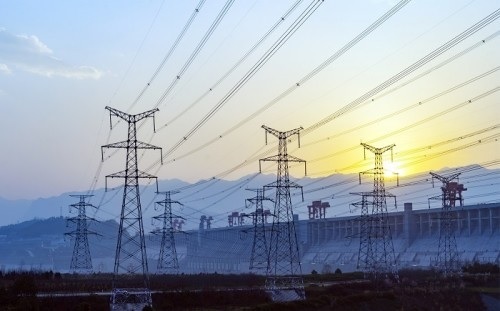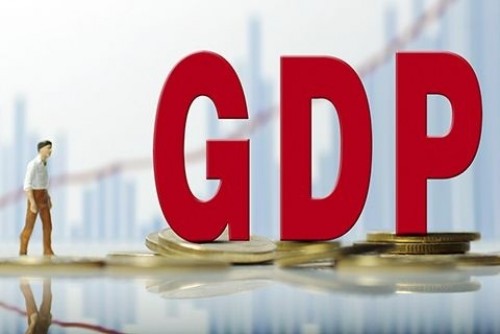Benchmarks end lower for second consecutive session
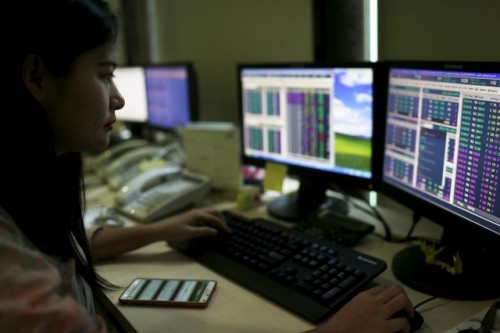
Follow us Now on Telegram ! Get daily 10 - 12 important updates on Business, Finance and Investment. Join our Telegram Channel
Indian equity benchmarks traded volatile and ended lower for the second consecutive session on Wednesday, amid worsening geopolitical situation in Europe. Moreover, rising bond yields in the debt market also soured markets mood. Benchmark indices made a cautious start, as traders were concerned with the government data showed that India’s economic growth hit a four-quarter low of 4.1%, partly driven by base effect. The growth was 20.1%, 8.4%, and 5.4%, in the first, second and third quarters, respectively. However, markets entered green terrain in the late morning session, taking support from chief economic adviser (CEA) V Anantha Nageswaran said the Indian economy is better placed than other countries and the fear of stagflation is exaggerated. Some support also came with government data showing that production growth of eight infrastructure sectors rose to a six-month high of 8.4 per cent in April on the back of better performance by coal, refinery products and electricity segments.
Key gauges managed to trade in green in afternoon deals, as a monthly survey said that India's manufacturing sector growth steadied in May, with new orders and production increasing at similar rates to those registered in the previous month, while demand showed signs of resilience and improved further despite another uptick in selling prices. The seasonally adjusted S&P Global India Manufacturing Purchasing Managers' Index (PMI) stood at 54.6 in May, little changed from 54.7 in April, pointing to a sustained recovery across the sector. But, after the initial uptick, the benchmark drifted gradually lower, amid reports that India's annual per capita income at constant prices remained below the pre-COVID level at Rs 91,481 in 2021-22. However, the per capita income based on Net National Income (NNI) at constant price grew by 7.5 per cent in FY22 over the previous year. Traders overlooked the Finance Ministry stating that GST revenues bucked the two-month rising trend in May and stood at nearly Rs 1.41 lakh crore, registering a year-on-year increase of 44 percent.
On the global front, Asian markets settled mostly lower on Wednesday following the broadly negative cues from Wall Street, as traders remain cautious amid fears surrounding high inflation and interest-rate hikes, with a senior US Fed official calling for several more rate hikes to combat ballooning inflation. European markets were trading mostly in red as investors react to weak German retail sales and Eurozone manufacturing PMI data. Data from Destatis revealed that retail sales in Germany fell by 5.4 percent in April compared to the previous month, due to a record fall in food sales. S&P Global's final manufacturing Purchasing Managers' Index (PMI) for the euro zone fell to 54.6 in May from April's 55.5 due to supply shortages, price pressures and a fall in demand.
Back home, Sugar stocks were in focus as the data released by cooperative body NFCSFL showed that sugar production in India, the world's largest producer and second-largest exporter, rose 15 per cent to a record 35.24 million tonne till May 30 in the ongoing 2021-22 marketing year on higher output in Maharashtra and Karnataka. Textiles industry’s stocks also were in limelight as the government said India recorded its highest-ever textiles and apparel exports in the financial year 2021-22 at $44.4 billion. The exports tally, which also includes handicrafts, indicates a substantial increase of 41 per cent and 26 per cent over corresponding figures in FY21 and FY20, respectively.
Finally, the BSE Sensex fell 185.24 points or 0.33% to 55,381.17 and the CNX Nifty was down by 61.80 points or 0.37% to 16,522.75.
The BSE Sensex touched high and low of 55,791.49 and 55,091.43, respectively. There were 10 stocks advancing against 20 stocks declining on the index.
The broader indices ended mixed; the BSE Mid cap index fell 0.10%, while Small cap index was up by 0.62%.
The top gaining sectoral indices on the BSE were Capital Goods up by 0.75%, Industrials up by 0.70%, Metal up by 0.46%, Bankex up by 0.44% and PSU up by 0.38%, while Power down by 1.70%, Utilities down by 1.51%, TECK down by 1.18%, Healthcare down by 1.16% and Realty down by 1.15% were the top losing indices on BSE.
The top gainers on the Sensex were Mahindra & Mahindra up by 1.32%, HDFC up by 0.94%, Kotak Mahindra Bank up by 0.90%, Tata Steel up by 0.70% and HDFC Bank up by 0.64%. On the flip side, Nestle down by 2.99%, Tech Mahindra down by 2.86%, Bajaj Finserv down by 2.63%, Sun Pharma down by 2.40% and HCL Technologies down by 2.10% were the top losers.
Meanwhile, Chief Economic Adviser (CEA) V Anantha Nageswaran has ruled out the risk of stagflation for India, saying the economy is better placed than other nations. Stagflation is the phase when an economy faces moderation in GDP growth as well as high inflation. He stated that ‘Compared to the experience of many developed and developing countries, India is somewhat better placed and more importantly both central bank and the government are seized of the problem under addressing them. I would at this stage say that stagflationary risks for India are quite low compared to the rest of the world.’
The Indian economy grew at its slowest pace in a year during January-March at 4.1 per cent, pulling down the GDP growth in the full fiscal 2021-22 to 8.7 per cent. On the sequential low growth, Nageswaran said it is because of the Omicron wave that the nation experienced in January. He pointed out considering the fears and concerns expressed by many, the year-on-year growth rate at 4.1 per cent indicating that the momentum is intact and if you look at April numbers on GST, etc, there is considerable momentum in economic activity.
Besides, he ruled out recession hitting India, given its macroeconomic fundamentals. Stressing that the domestic financial sector is in better shape to support growth, he said as recovery gathers momentum, private sector investment would also pick up. India is better placed than others to weather the storm and consolidate the growth story that has built in quite nicely over 2021-22, he said, adding comfortable foreign exchange reserves also act as a cushion again external shocks.
The CNX Nifty traded in a range of 16,649.20 and 16,438.85. There were 19 stocks advancing against 31 stocks declining on the index.
The top gainers on Nifty were JSW Steel up by 3.56%, Coal India up by 2.02%, HDFC Life Insurance up by 1.51%, Kotak Mahindra Bank up by 1.31% and Mahindra & Mahindra up by 1.22%. On the flip side, Bajaj Auto down by 3.65%, Apollo Hospital down by 3.25%, Hindalco down by 2.88%, Tech Mahindra down by 2.76% and Bajaj Finserv down by 2.70% were the top losers.
European markets were trading mostly in red, UK’s FTSE 100 decreased 23.39 points or 0.31% to 7,584.27 and France’s CAC decreased 0.40 points or 0.01% to 6,468.40, while Germany’s DAX increased 35.75 points or 0.25% to 14,424.10.
Asian markets settled mostly lower on Wednesday tracking weakness in Wall Street overnight as investors reacted to hawkish comments from a Federal Reserve official, while ongoing global concerns about inflation, aggressive policy tightening and surging energy prices also weighed on market sentiments. Chinese and Hong Kong shares declined on account of lingering concerns over the economic impact from Beijing's tough zero-Covid policy. China’s Caixin/ Markit manufacturing Purchasing Managers’ Index for May came in at 48.1, an improvement over April’s reading of 46 but still remaining below the 50-level mark that separates expansion from contraction. However, some losses were capped by easing of Covid-19 lockdowns in China. Japanese shares gained after a private report stated that Japanese auto companies are expected to post record profits this year on the back of price hikes and cut in some production-related expenses. Meanwhile, the South Korean and Indonesian markets were closed for a holiday.
Above views are of the author and not of the website kindly read disclaimer
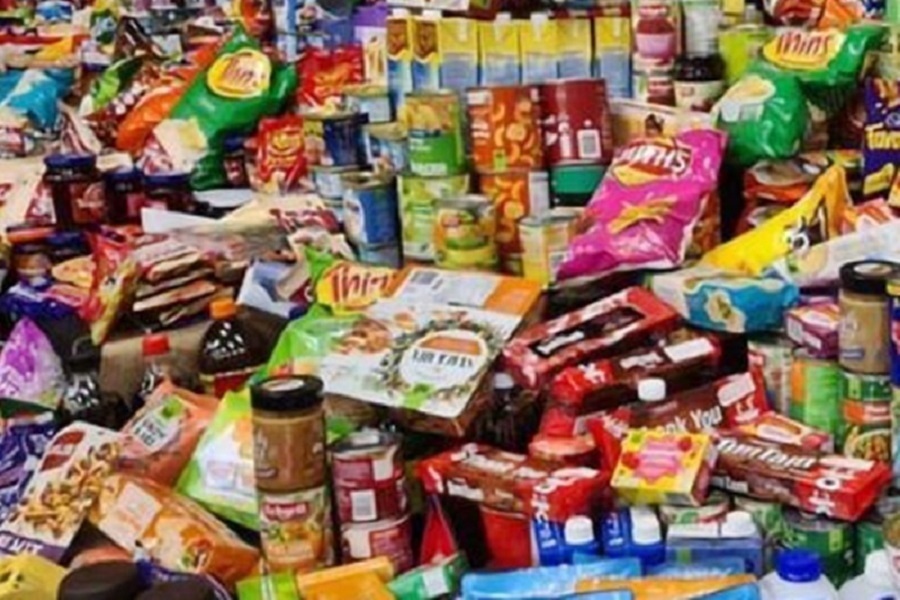

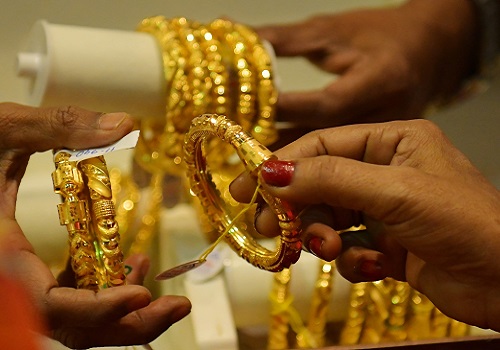

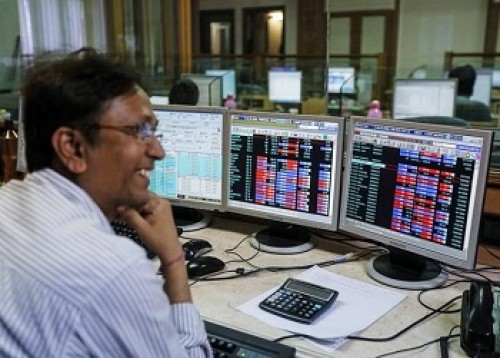





Tag News

Weekly Market Analysis : Markets strengthened recovery and gained nearly 2% in the passing w...
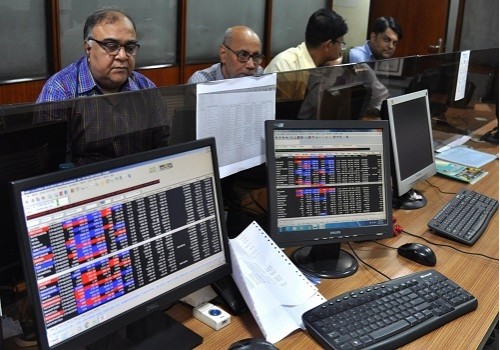
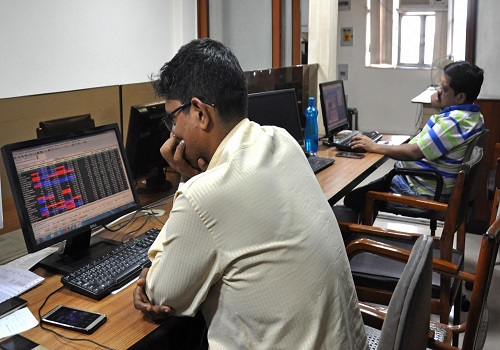
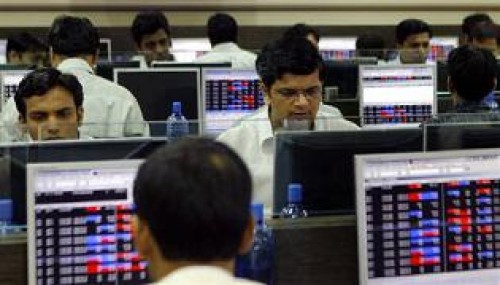


 320-x-100_uti_gold.jpg" alt="Advertisement">
320-x-100_uti_gold.jpg" alt="Advertisement">

